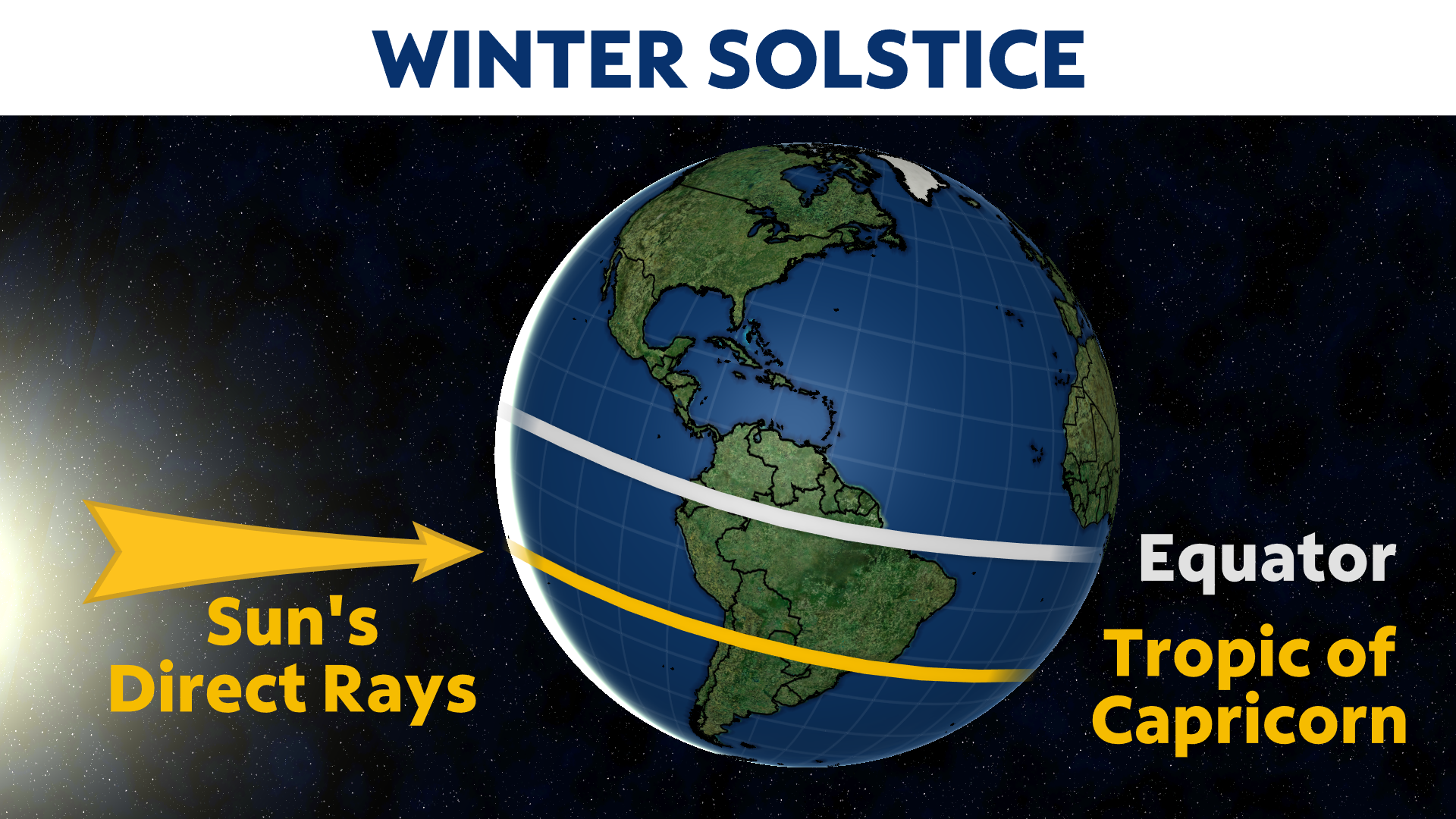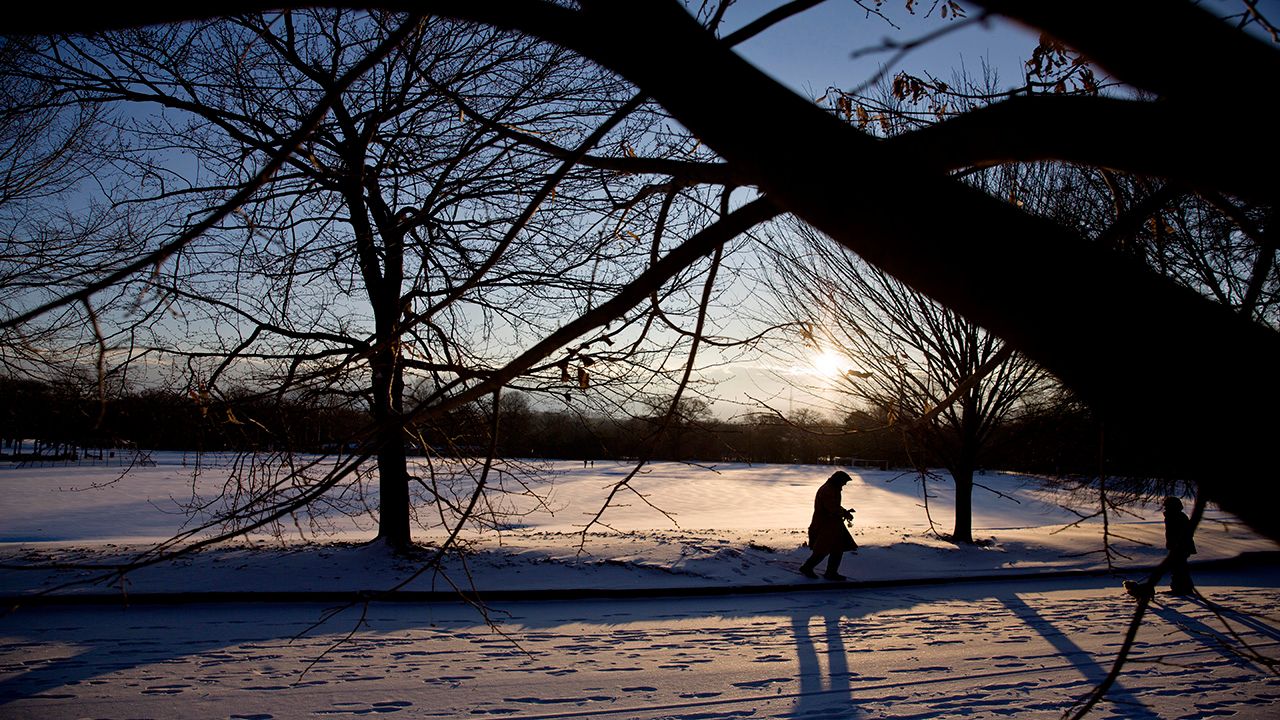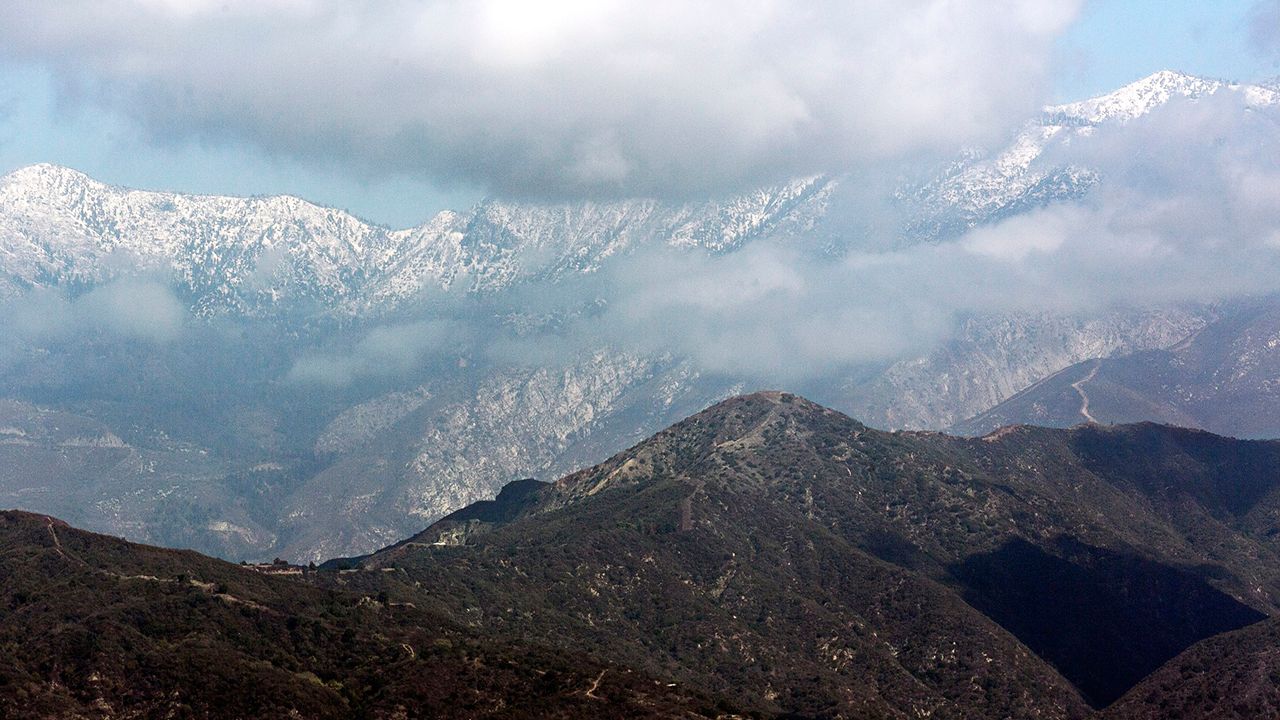It's December, there's a chill in the air, and more places are seeing snow. With the days getting shorter and the nights longer, the transition to winter is apparent.
The winter solstice marks the official start of winter, which will take place on Saturday this year.
The tilt of the Earth to the sun is the reason we have our seasons. Believe it or not, the Earth is closer to the sun during our winter.

It's Earth's tilt that gives us our season.
During the winter solstice, the Northern Hemisphere is at its maximum tilt away from the sun, putting the sun at a lower elevation.
We also get the shortest day and longest night of the year on the winter solstice.
This year, our winter solstice occurs at 4:21 a.m. ET on Dec. 21.
If you're not a fan of the shorter days, don't worry. After Dec. 21, the days gradually get longer until the summer solstice on June 20, 2025.
Our team of meteorologists dives deep into the science of weather and breaks down timely weather data and information. To view more weather and climate stories, check out our weather blogs section.









